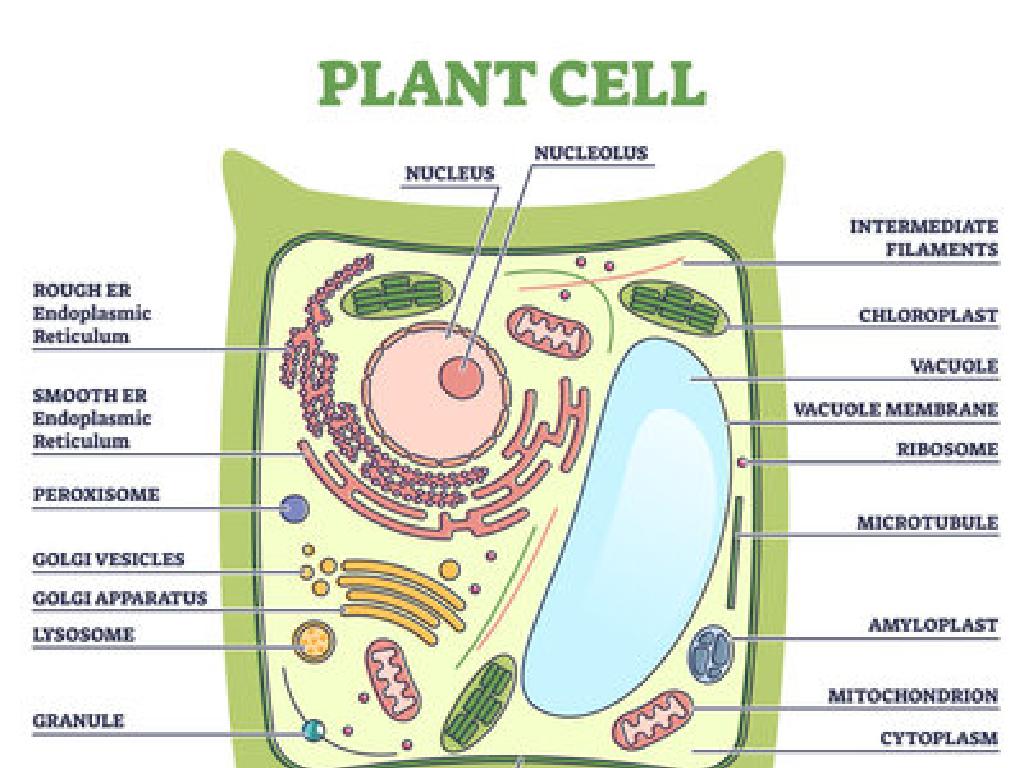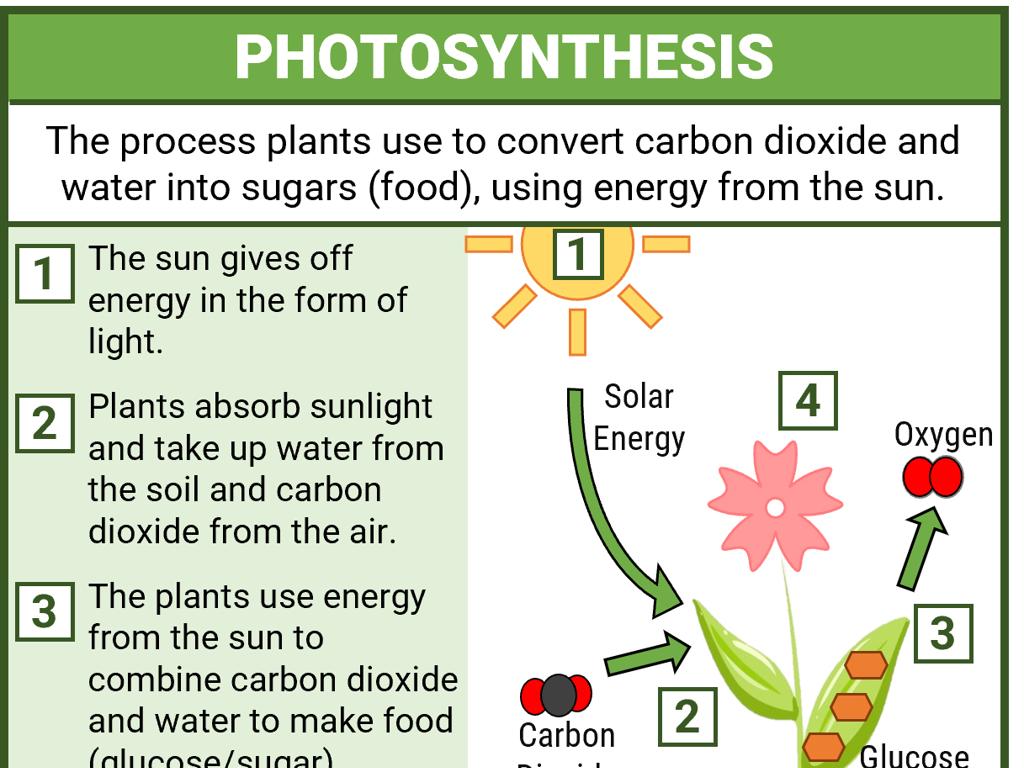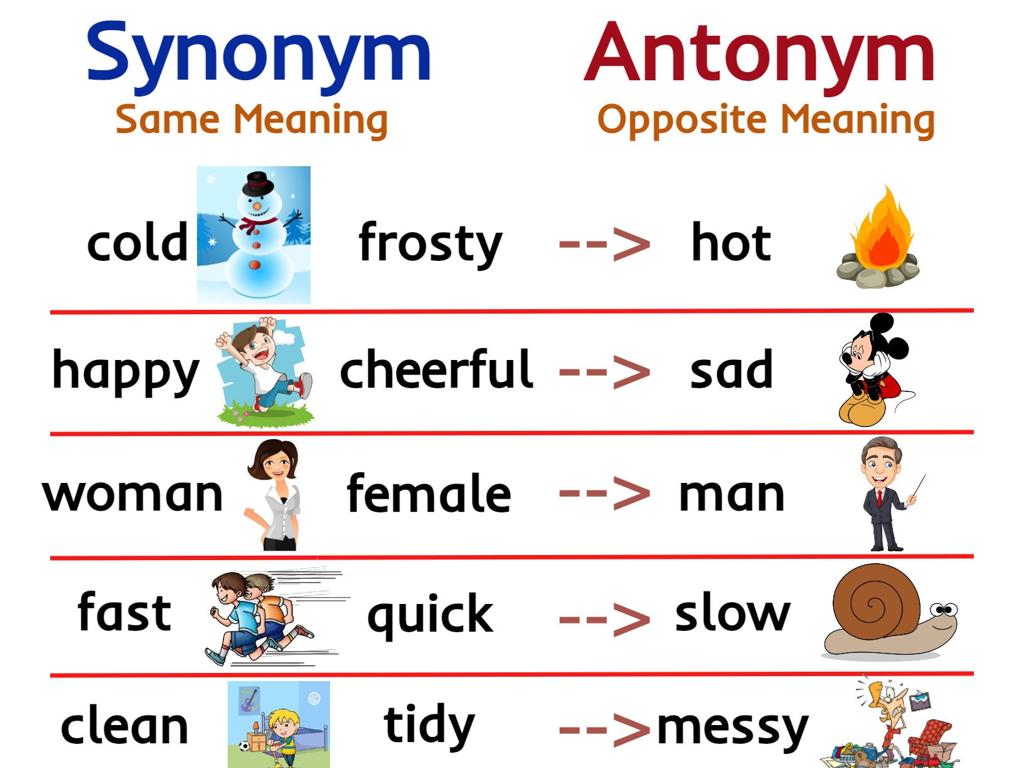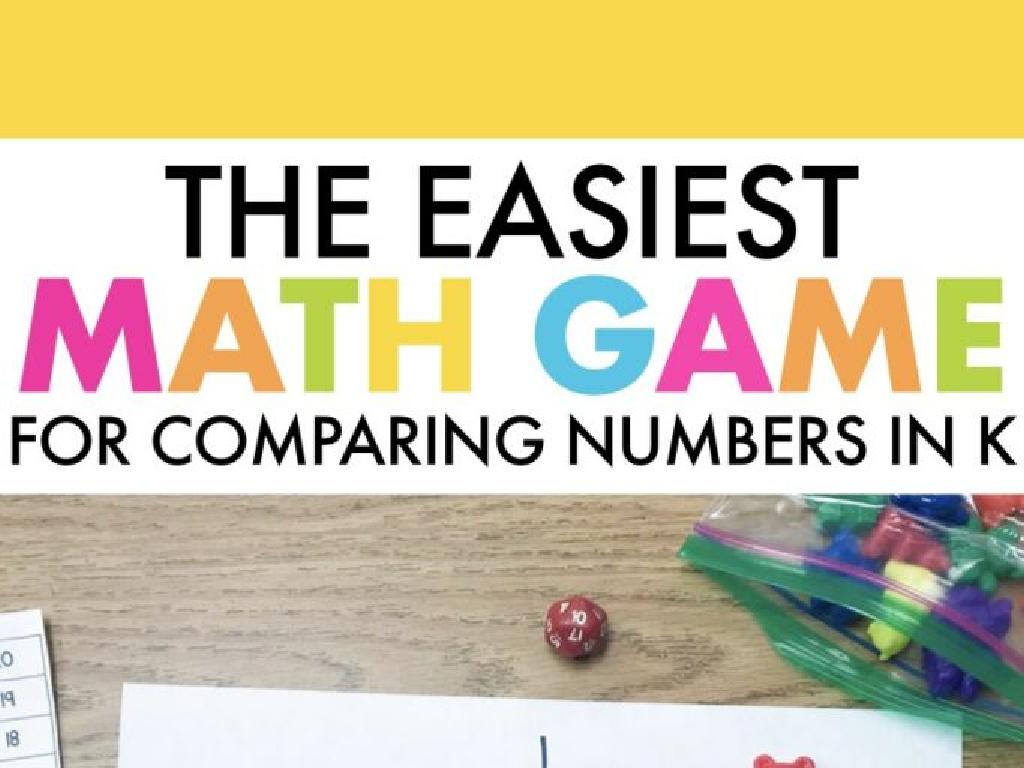Words With -Ful
Subject: Language arts
Grade: Sixth grade
Topic: Prefixes And Suffixes
Please LOG IN to download the presentation. Access is available to registered users only.
View More Content
Exploring the Suffix ‘-ful’
– Understanding word building blocks
– Defining prefixes and suffixes
– Today’s focus: Suffix ‘-ful’
– ‘-ful’ means full of or having qualities of
– Examples of ‘-ful’ in words
– ‘Joyful’ means full of joy, ‘hopeful’ means having hope
|
This slide introduces the concept of prefixes and suffixes as essential components of word formation. A prefix is a group of letters added to the beginning of a word to change its meaning, while a suffix is added to the end. Today, we’re focusing on the suffix ‘-ful’, which turns a noun into an adjective suggesting a quality or quantity. For example, ‘joy’ becomes ‘joyful’, indicating a state of being full of joy. Encourage students to think of other words that end with ‘-ful’ and discuss what qualities they suggest. This understanding will help them deduce the meanings of new words they encounter in their reading.
Exploring Suffixes: The Power of -ful
– Definition of a suffix
– A suffix is added to a word’s end, e.g., ‘joyful’
– Suffixes alter meaning/function
– ‘Hopeless’ vs. ‘hopeful’ show how suffixes change meaning
– Common suffixes: -less, -ness, -able
– Examples: ‘fearless’, ‘happiness’, ‘comfortable’
– Today’s focus: -ful
– ‘-ful’ means ‘full of’, e.g., ‘beautiful’ means full of beauty
|
This slide introduces the concept of suffixes to the students, emphasizing their role in altering the meaning and function of base words. Start by defining a suffix and then explain how it can change a word’s meaning or its grammatical role in a sentence. Provide common examples of suffixes to illustrate the point. For the focus on ‘-ful’, explain that it implies ‘full of’ or ‘having the qualities of’. Encourage students to think of words they know that end with ‘-ful’ and discuss what these words mean. This will help them understand how suffixes can create new words and nuances in language.
Understanding ‘-ful’: Transforming Words
– ‘-ful’ means ‘full of’ or ‘having’
– ‘Careful’ means full of care, ‘hopeful’ means having hope
– Turns nouns into adjectives
– ‘Beauty’ becomes ‘beautiful’, indicating full of beauty
– Example: ‘joy’ to ‘joyful’
– Joyful means having joy or causing joy to others
– Practice with different nouns
|
The suffix ‘-ful’ is a way to express the idea of being ‘full of’ a certain quality or ‘having’ a particular trait. It’s a simple yet powerful tool in the English language that allows us to turn nouns into descriptive adjectives. For example, when we add ‘-ful’ to ‘joy’, we get ‘joyful’, which describes someone or something that is full of joy or likely to bring joy. Encourage students to think of nouns they can add ‘-ful’ to and discuss the new meanings created. Have them practice by writing sentences using adjectives formed with ‘-ful’ to reinforce their understanding.
Exploring ‘-ful’ Words
– ‘Careful’ means full of care
– ‘Hopeful’ signifies full of hope
– ‘Powerful’ denotes having power
– Brainstorm more ‘-ful’ words
– Think of words ending in ‘-ful’ and their meanings
|
This slide introduces students to the suffix ‘-ful’, which means ‘full of’ or ‘having the quality of’. Start by explaining the examples provided: ‘careful’ implies being cautious or taking care, ‘hopeful’ suggests a sense of optimism, and ‘powerful’ indicates possessing strength or influence. After discussing these examples, engage the class in an interactive brainstorming session to come up with additional ‘-ful’ words. Encourage them to think about the root words and how adding ‘-ful’ changes their meaning. This activity will help students understand how suffixes can alter word meanings and enhance their vocabulary.
Crafting Sentences with ‘-ful’ Words
– Understanding ‘-ful’ as a suffix
– ‘-ful’ means full of or having
– Example: ‘colorful’ means full of color
– The garden is colorful, meaning it has many colors
– Now create your own ‘-ful’ sentence!
– Think of something full of a quality and describe it
|
This slide is aimed at helping students understand and use the suffix ‘-ful’, which implies ‘full of’ or ‘having’. Start by explaining the meaning of ‘-ful’ and how it turns a noun into an adjective. Use the example provided to show how the word ‘colorful’ describes the garden as having many colors. Encourage students to think of nouns associated with a quality or characteristic and then create their own sentences using words that end with ‘-ful’. For instance, ‘joyful’ to describe someone who is full of joy, or ‘hopeful’ for someone having hope. This exercise will enhance their vocabulary and understanding of how suffixes work to modify word meanings.
Activity: Crafting ‘-ful’ Adjectives
– Create a ‘-ful’ adjective from a noun
– Use your new word in a sentence
– Example: ‘Joy’ becomes ‘joyful’. ‘The joyful music made everyone dance.’
– Share with the class
– Explain why you chose the word
|
This activity is designed to help students understand how the suffix ‘-ful’ can change a noun into an adjective that expresses the presence of a certain quality. Students will choose a noun, add ‘-ful’ to create an adjective, and then construct a sentence using their new word. Encourage creativity and exploration of less common nouns. After creating their sentences, students will share with the class and explain their choice of noun and the context of their sentence. This will foster a deeper understanding of word formation and the use of context in language. Possible variations for individual students could include creating a short story with their word, drawing a picture to illustrate the concept, or even coming up with antonyms using the suffix ‘-less’.
Class Activity: ‘-ful’ Scavenger Hunt
– Find ‘-ful’ objects in class
– Write the object and ‘-ful’ word
– Example: ‘A bookshelf full of stories’ – bookshelf is ‘storyful’
– Share with the class
– Discuss our ‘-ful’ findings
|
This activity is designed to help students apply their understanding of the suffix ‘-ful’ by finding and describing objects within the classroom. Encourage students to look around and think creatively about how objects can be described using words that end in ‘-ful’, such as ‘colorful’, ‘joyful’, or ‘thoughtful’. After they write down their findings, facilitate a class discussion where each student shares their ‘-ful’ word and the object it describes. This will not only reinforce the concept but also enhance their descriptive vocabulary. Possible variations of the activity could include pairing students to work together, setting a time limit for an added challenge, or even extending the scavenger hunt beyond the classroom.
Wrapping Up: The Power of -ful
– Recap on ‘-ful’ suffix
– We explored how ‘-ful’ turns nouns into adjectives, like ‘joy’ into ‘joyful’.
– Suffixes aid in understanding
– Recognizing suffixes can unveil meanings of new words and expand vocabulary.
– Homework: Craft a short story
– Include five ‘-ful’ adjectives
– Use words like ‘hopeful’, ‘cheerful’, or ‘wonderful’ in your creative story.
|
This slide serves as a conclusion to the lesson on the suffix ‘-ful’. It’s important to review the concept that ‘-ful’ changes nouns into adjectives, implying ‘full of’ the quality of the root word. Understanding suffixes like ‘-ful’ can greatly help students deduce the meanings of new words they encounter, enhancing their vocabulary and reading comprehension skills. For homework, students are tasked with writing a short story that includes at least five adjectives ending with ‘-ful’. This will encourage them to apply what they’ve learned creatively. Provide examples like ‘hopeful’, ‘cheerful’, ‘graceful’, ‘respectful’, and ‘wonderful’ to get them started. The story can be a personal narrative, a fictional tale, or even based on an event they’ve witnessed.






